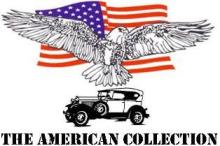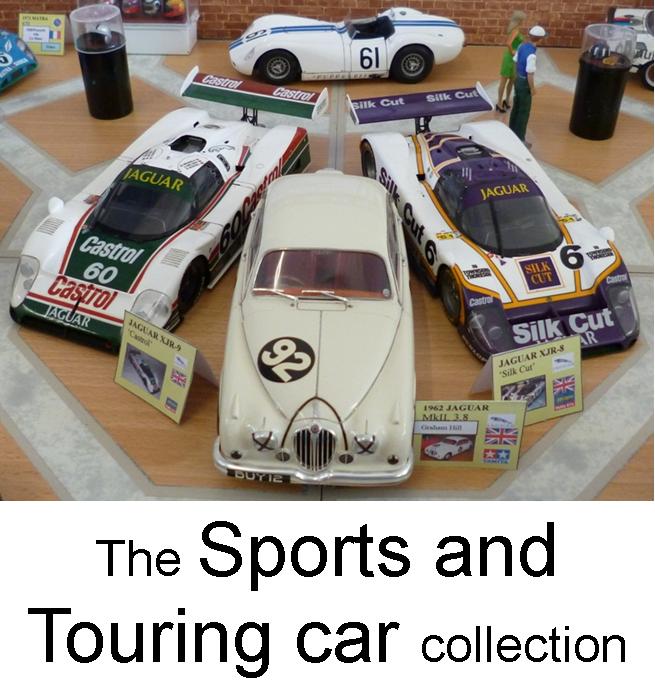
1966 Chaparral 2D coupe
Jim Hall and Hap Sharp formed Chaparral Cars in 1962 and drove/managed their cars through until 1970. The company was named after the roadrunner, a fast-running ground cuckoo (hero for a generation of cartoon lovers) that is actually called a Chaparral.
Hall and Sharp had both driven in F1, mostly as wild-cards in the US and Mexican GPs, although Hall actually drove a Lotus 23 for British Racing Partnership throughout the 1963 F1 season and scored points too. Jim Hall purchased two Chaparral 1s from builders Troutman and Barnes and when Hall and sharp started building their own race cars they had to ask Troutman and Barnes for permission to carry on using the Chaparral name. this explains why the Chaparral series of cars are all Chaparral 2- and then differentiated by letters for the different models.
Hall was actually a Texas oil magnate but through Chaparral he became world renowned for innovative designs, particularly the use of aerodynamics. He trained as an engineer and had connections with both Chevrolet and Firestone; indeed GMs research and development group gave Hall access to the results of their embryonic data acquisition systems. Hall approach problems in a methodical manner to raise race car aerodynamics and handling from an art to empirical science.
Innovative designs in ground effects, spoilers and wings, all were tried and tested on Chaparral cars and influenced, among others, Colin Chapman, to look into these other areas of aerodynamics. The high point for this era of Chaparral was the 1966 2E Can-Am car. After that a series of things beyond Hall and Sharps control occurred. The 2J CanAm "sucker car" was hated by other drives and a series of complaints ensued, then Hall himself was involved in a huge crash at Stardust raceway, Las Vegas, in 1968. Hall was almost killed and his driving career was effectively ended.
The early 2 series Chaparrals featured innovative use of fibreglass as a chassis material but this was dropped by the C version in favour of more conventional aluminium chassis. Mostly the models were evolutionary in design with tyre sizes being increased along with the aerodynamic tweaks and engineering improvements. The 2D was the first closed cockpit Chaparral the earlier cars all being the open cockpit cars. It was designed for endurance racing and competed in the 1966 Le Mans and won Nürburgring 1000 km in the hands of Phil Hill and Joakim Bonnier.



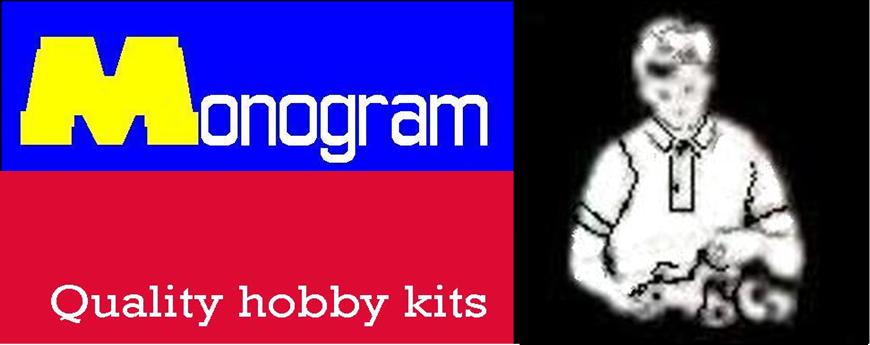

1/24th scale kit.
Built by Rod.
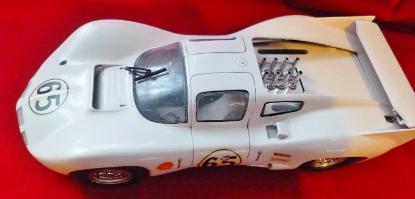


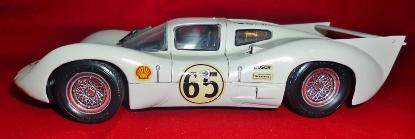
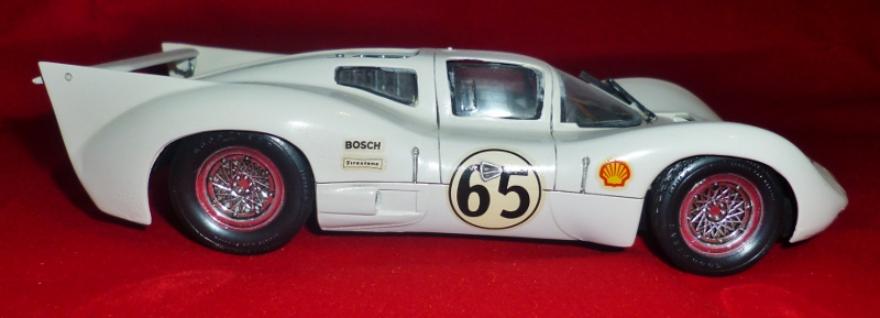
Original release in 1966 this kit has been re-released with new box art each numerous time times since. The last release in 1992 did have some upgraded and optional parts. The actual kit built by Rod is this last version Monogram kit # 77006. Interestingly over the years some of the versions of this kit have been listed as 1/25th scale as well as 1/24th scale.
Built by Rod in August 1997 this model was of great interest to the Museum for two reasons. Firstly Rod started his model car collection with sports and racing cars so, despite this really being in Ian's area, it shows Rod still enjoys dipping into the competition arena from time to time. Secondly Jim Hall and the Chaparral series of cars represent the huge boom in the technical and scientific approach to racing car design.
The model is assembled with liquid poly glue and painted with Halfords acrylic car spray paints, a technique Rod had actually only been using himself for a few years. As can be seen the kit decals had aged somewhat and it is interesting to note that when we today think "Why didn't he go on the internet and order some replacements?", we forget that 20 years ago not everyone had access to the internet, not everyone necessarily had credit cards etc. and the aftermarket for replacement decals was almost non-existent. Doesn't time fly when you're having fun!?!
RETURN TO :-
